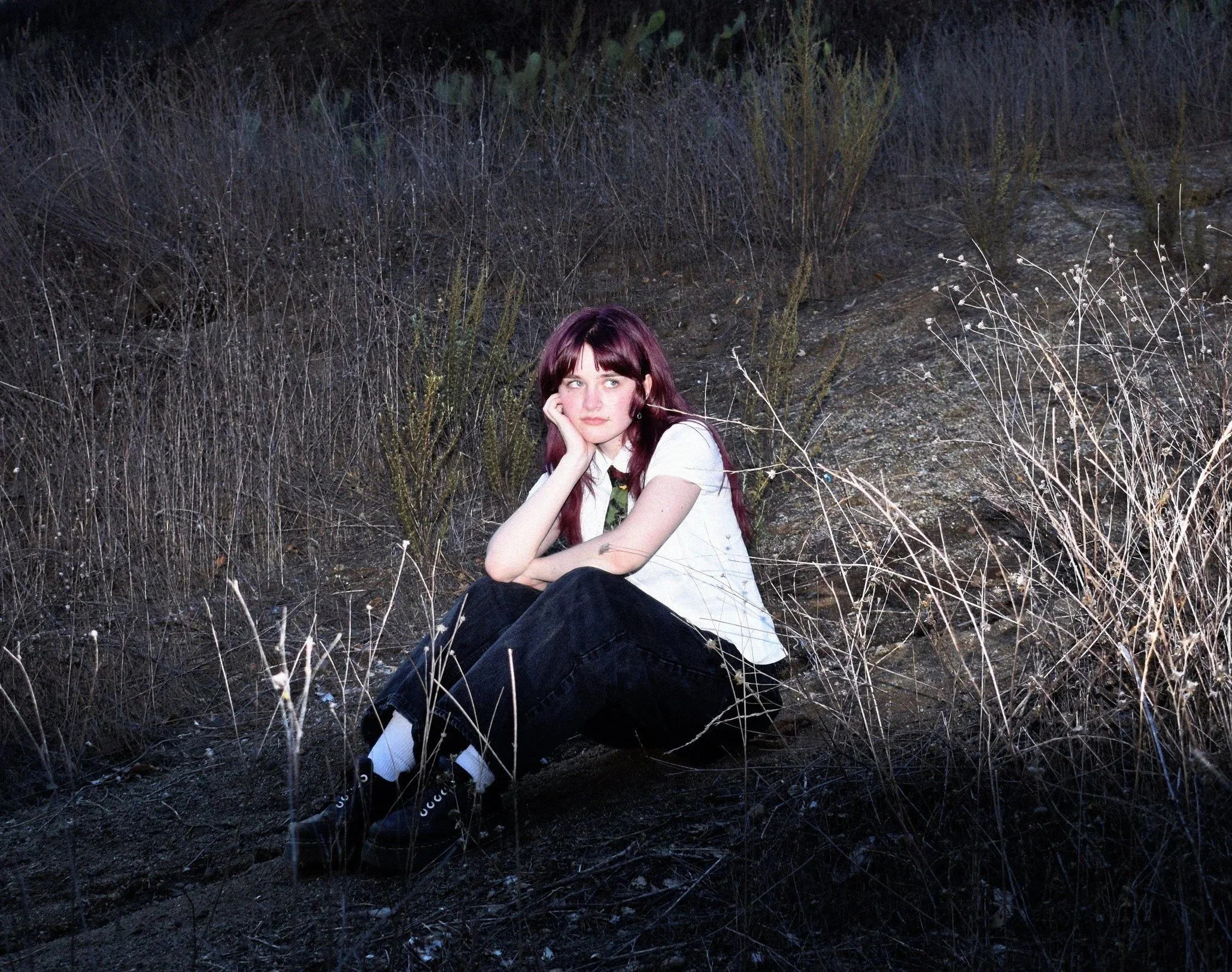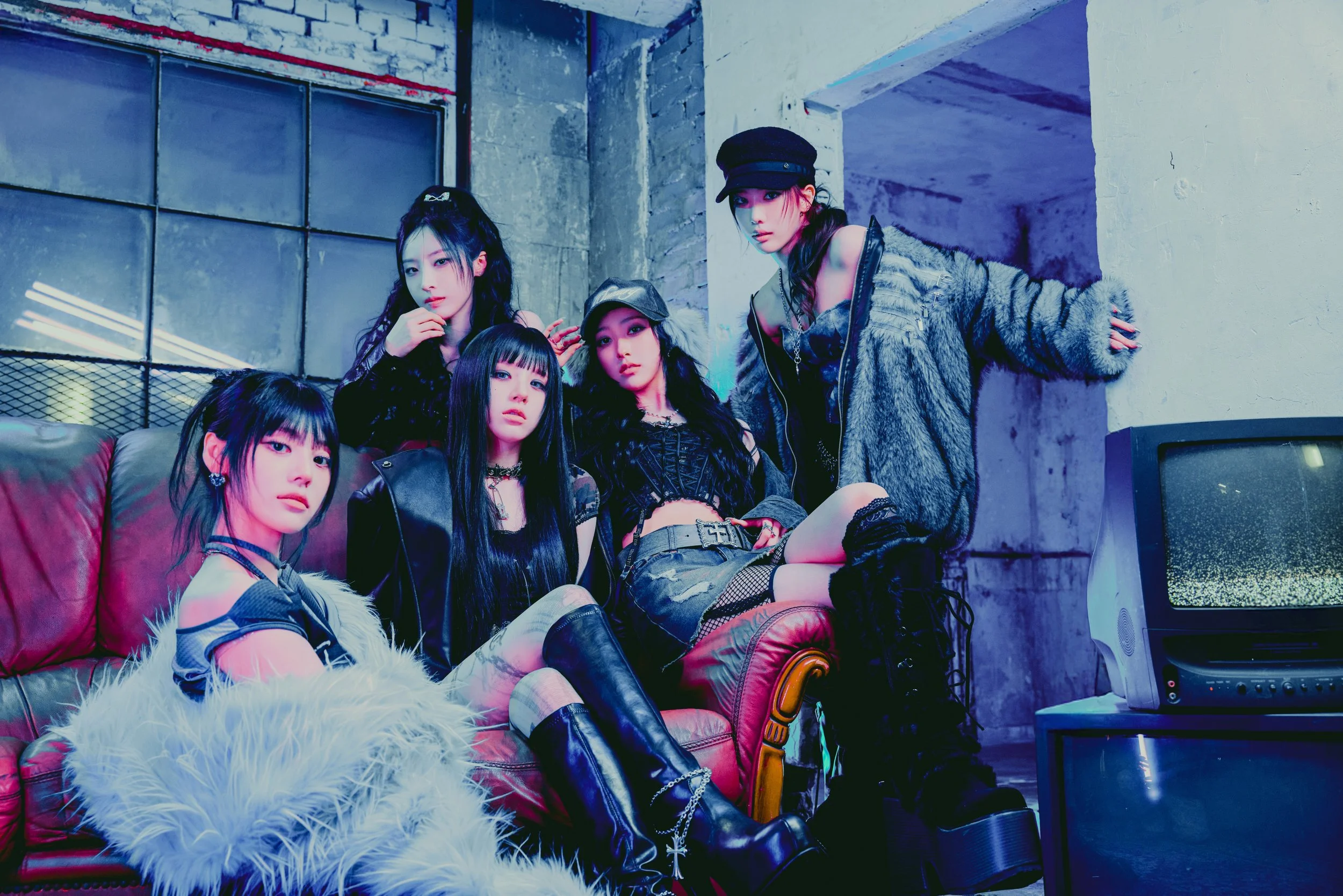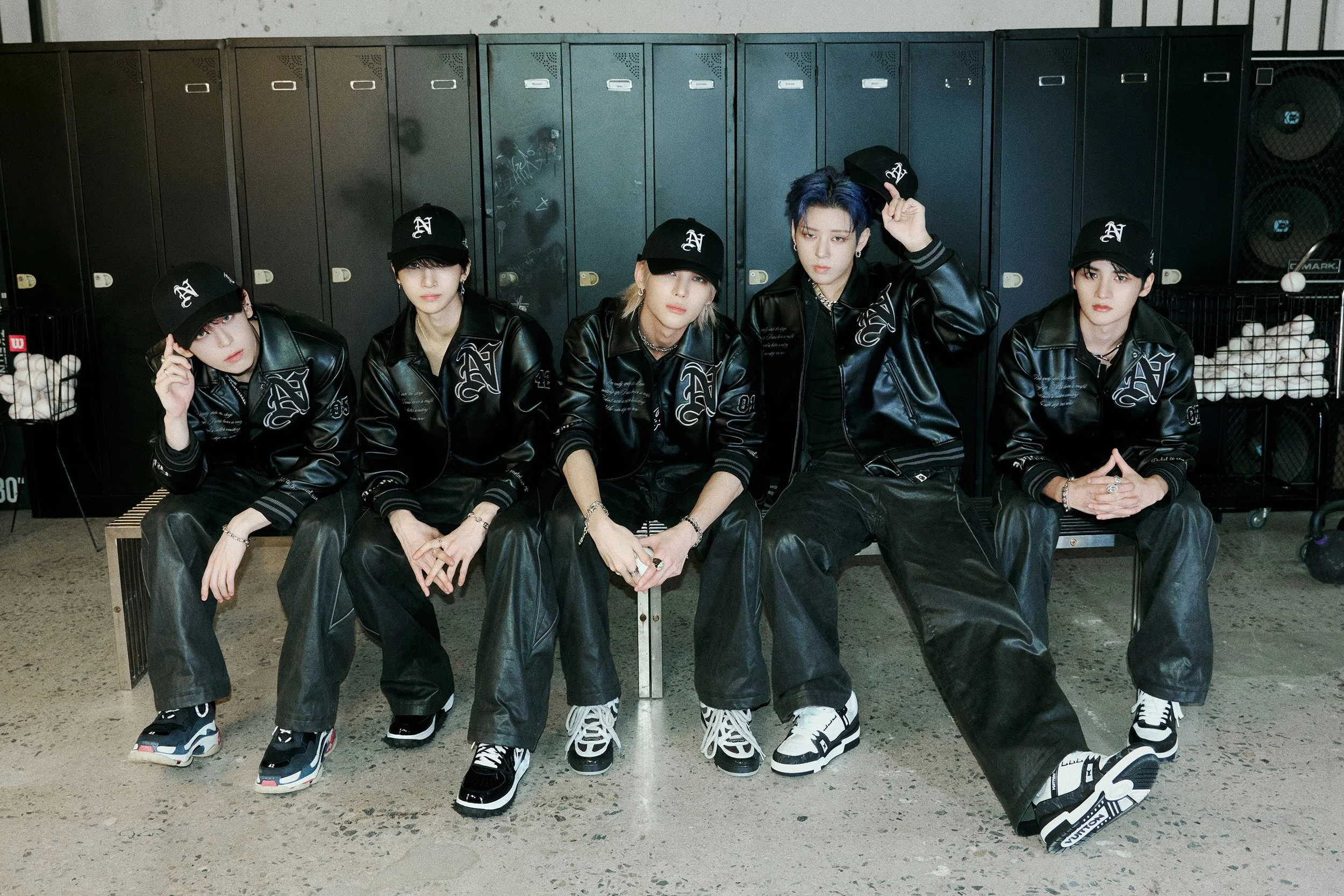Juliette Gariepy Breaks Down Her Impactful Role in Red Rooms
In a world where true crime stories dominate our screens and headlines, the allure of darkness is on full display in Pascal Plante's latest film, Red Rooms.
At the heart of the effectively chilling story is Kelly-Anne, portrayed by the film’s immensely talented lead Juliette Gariépy, who becomes increasingly entangled in the highly publicized trial of Ludovic Chevalier, a man accused of heinous crimes that have resulted in the deaths of three teenage girls. And through this specific vehicle, the film eerily echoes society’s fascination with the darker aspects of human nature, paralleling the voyeuristic tendencies that define our current cultural landscape.
To match Red Rooms’ thematic ambitions, Gariépy’s offers audiences a rather riveting performance as Kelly-Anne, who masterfully manages to take the film’s strengths to unsettling new heights. Now, Gariépy is opening up to us about her portrayal of Kelly-Anne, the challenges of bringing such a complex character to life, and the larger implications of Red Rooms in the context of our time’s obsession with true crime.
Congratulations on the success of your new film Red Rooms! What initially drew you to the character of Kelly-Anne?
Juliette Gariépy: What initially captivated me about her character was how she stood out from the typical portrayals of women, which is usually very two-sided and rooted in seduction: the mother/wife, or the mistress/angry woman. Kelly-Anne tells a story about intensity and the desire to feel alive in a world where we are constantly bombarded with information, which often dulls our sense of pleasure.
This is a phenomenon I understand, and even though the character of Kelly-Anne is very far from me, I can reach her there. I felt deeply moved by the story and was incredibly proud and excited to be considered for such a significant role, especially considering that I am still at the very beginning of my career and could only ever hope to play a character this complex.
Kelly-Anne’s obsession with Ludovic Chevalier is obviously a central aspect of the film. How did you prepare to portray someone with such a dark fixation, and what challenges did you face in maintaining her psychological balance throughout the story?
Juliette Gariépy: To prepare for Kelly-Anne and to understand her obsession, I read about the phenomenon—more common than we might think—of women who are fascinated by dangerous men and who form relationships with killers behind bars. There are many interesting reasons why people might do this, but the one I found most compelling was the idea that: when someone has experienced difficult things throughout their life, they become accustomed to being around danger. Even though their rational mind knows they shouldn’t be in risky situations, they feel comfortable being close to it. Writing to someone who’s behind bars becomes a way to be near danger without actually experiencing it.
I envisioned Kelly-Anne doing something similar with the screen of her computer—being very close to violence without being threatened— and that was one way to help me understand her although it was important for me not to put any labels on her past and avoid putting her in the ‘traumatized’ box. What helped me keep a clear vision of Kelly-Anne’s character arc throughout the shooting, which wasn’t done chronologically, was developing a kind of system using colors. I separated Kelly-Anne’s “descend to madness” or states of beings, into three distinct phases throughout the story. When I received my shooting schedule, I used this system to understand and highlight each era’s nuances, ensuring that I could quickly identify where she was psychologically at any moment of her character’s journey while working on set and having to jump through the chronology.
The film addresses themes of isolation and connection. How do you think Kelly-Anne’s loneliness shapes her actions and relationships, particularly with Laurie Babin’s character?
Juliette Gariépy: I think that the character of Kelly-Anne is like a superhero; she doesn’t have family, she doesn’t have friends. She has work, but it doesn’t require her to maintain many social relationships. The only platform—and world—where she truly exists is the dark web and its secret community. I understand how sometimes we are so scared to be hurt by others that we’d rather be alone. But I understand Kelly-Anne as a sort of magical being because no one can truly be alone. But her loneliness is what allows her to finish her quest. Like every superhero, “she has to do this alone”. And that’s why, in the end, she must end her relationship with Laurie Babin’s character, Clementine.
I also think that Kelly-Anne was once like Clementine and eventually grew into something different. She can love Clementine and accept her even though she’s not used to letting anyone in. That’s why she’s hurt when Clementine abandons her. That’s one of the rare moments when we see Kelly-Anne showing some emotion, and maybe that’s a hint as to why she doesn’t have people around her—she doesn’t want to get hurt, and friendship breakups hurt like hell, we all know that.
What was your experience working with Maxwell McCabe-Lokos and Laurie Babin? How did you collaborate to bring authenticity to the dynamics between your characters?
Juliette Gariépy: Working with Maxwell was very interesting. Most of the time on set, he had to stay in the set decor glass box in the court of justice scene, so we couldn’t actually talk much since he had to remain there. I think not having regular contact with him, as we often do with other actors while waiting around on set, made him almost magical to everyone. When we acted, I didn’t see him as Maxwell, of course, but more as some type of trophy, someone Kelly-Anne wants to win over and possess, at the risk of being possessed by him. Laurie Babin and me, it’s funny because we’re so different! Personally, I’m closer to Clementine personality-wise, and Laurie is way more grounded and centered, maybe a little more like Kelly-Anne, [laughs]. We found common ground in our differences, sharing theories and ideas about how our characters could coexist. I was so lucky to work with such a talented actor and an intelligent woman.
After playing such a challenging role, did you find any personal reflections or insights that stayed with you beyond the filming process?
Juliette Gariépy: After shooting the movie, I can definitely say that I stopped listening to the true crime podcasts. Not because I felt like I had to, but because I genuinely grew tired of it and became more anxious in general. I’ve been trying to calm my nervous system instead of constantly hyping it up, as we often do with content in general. While I love being connected to technology, I also fear it, and this experience made me question my involvement online even more. Overall, after shooting the movie, I realized how lucky I was to be part of something that people loved so much, especially considering how challenging the movie can appear from the outside. It’s fascinating to see how the life of the movie continues through audience conversations, which I think is how a movie should exist—outside the theater after watching it, on Letterboxd or anywhere people can communicate. We have to stand by what we work for and what we consume, which is becoming harder by the day given how fragile our attention spans have become.
Is there a moment or scene that you believe represents all—or most of—the film’s core ideas wrapped into one?
Juliette Gariépy: I think that the scene where Kelly-Anne takes a selfie of herself at the end, in the little girl’s room, is pretty climactic. That picture, I believe, is the real reward for her—to live in someone else’s shoes and be chosen by this community. It’s as if she almost wants to become the victim without actually being victimized. Being so close to what this killer and this dark web community desire makes her feel intensely and viscerally alive. The justice she eventually allows the mother to have is, maybe, just a consequence and result of her own desire to get as close as possible to the danger. However, as she goes through her quest, she does develop empathy for the mother and decides to give her the freedom of knowing what happened to her daughter.
What do you hope audiences take away from Red Rooms, particularly in terms of understanding Kelly-Anne’s character and the themes presented in the film?
Juliette Gariépy: I think what the audience might take away from this movie is a question about their need to see violence. Throughout the film, there’s not a single moment where we actually see gruesome images, and I believe that’s where the fear lies—in the tension of anticipating something scary. The fact that the audience is never allowed to see it might make them question why they wanted to see it in the first place. We also need to question the place we give to violent and dangerous men in our media space, and how we often put them on a pedestal when we create documentaries about the ‘genius’ crimes they committed. Ultimately, what we need is healing, but sadly, what I often see is the embellishment and normalization of evil minds. I think this movie will also open a door for genre cinema in Quebec and show the world just how much Quebec filmmakers can do with very little money, and how a story can thrive with just a few words and a few locations—but of course, always lots and lots of devotion and pure love for cinema and the people who make it happen.










